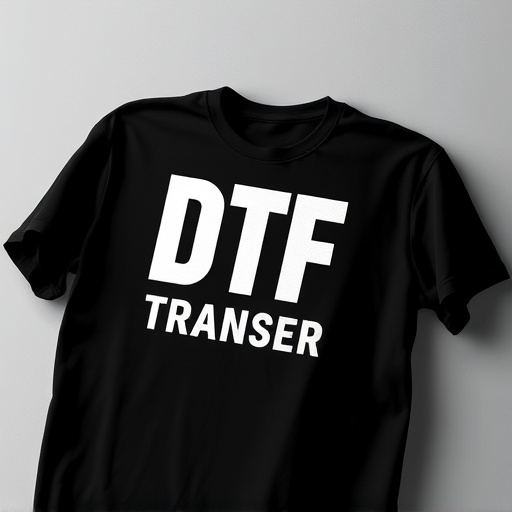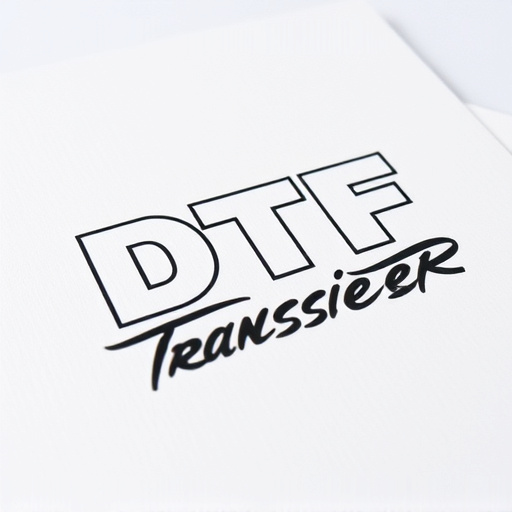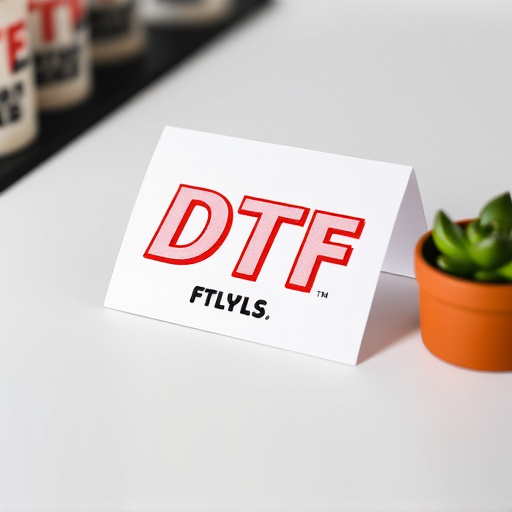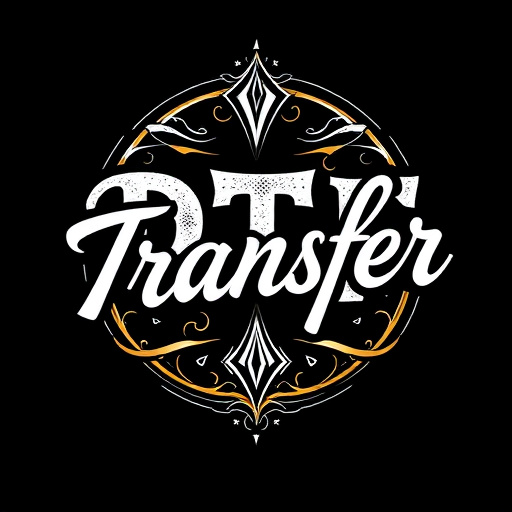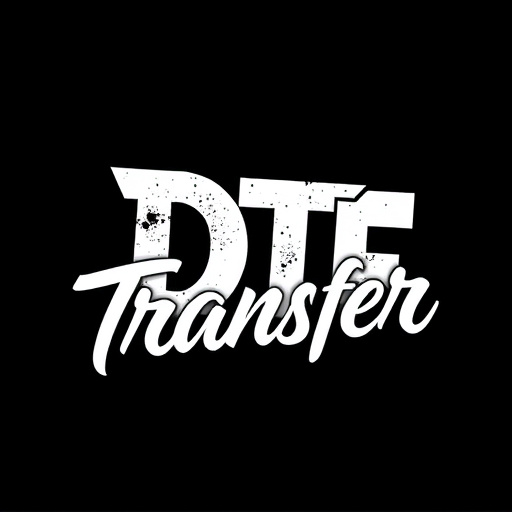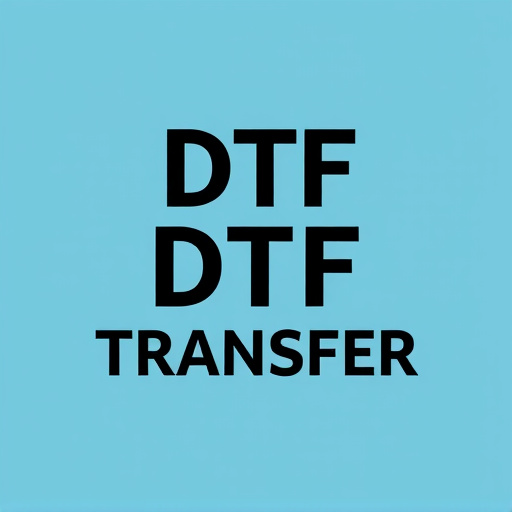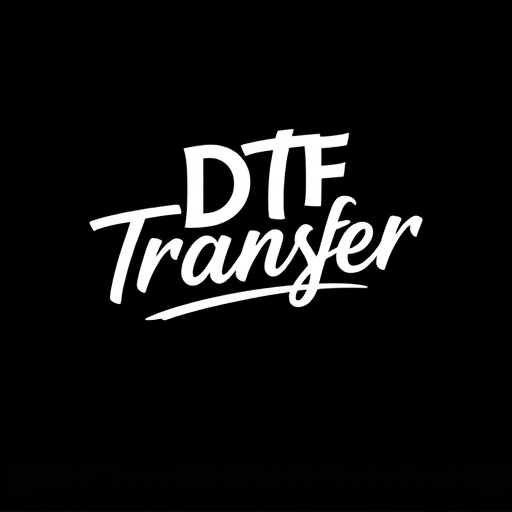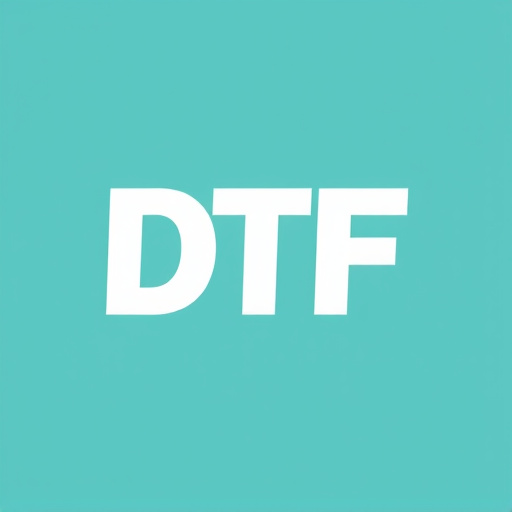Direct-to-film (DTF) transfers offer a cutting-edge printing solution for film and print production. This technique enables precise, efficient transfer of digital data directly to film, ensuring vibrant, accurate images. Expedited DTF services streamline workflows, reduce turnaround times, and cater to urgent projects like short films, documentaries, and personal archival prints. DTF is ideal for film restoration, limited-edition works, event graphics, and fashion designs. With advancements in materials and automation, DTF technology promises higher print quality and faster production times, transforming content creation and consumption experiences.
In today’s fast-paced media landscape, direct-to-film (DTF) transfers offer a revolutionary way to produce high-quality prints swiftly. This article delves into the world of expedited DTF production services, exploring their benefits and the technology behind them. From understanding the fundamentals of DTF transfers to choosing the right partners and discovering diverse applications, we uncover how this process streamlines content creation. Additionally, we glimpse into future trends shaping DTF technology’s evolution.
- Understanding Direct-to-Film (DTF) Transfers: A Quick Overview
- Benefits of Expedited DTF Production Services
- The Process: From File to Print
- Choosing the Right DTF Printing Partner
- Common Applications for DTF Prints
- Future Trends in DTF Technology
Understanding Direct-to-Film (DTF) Transfers: A Quick Overview
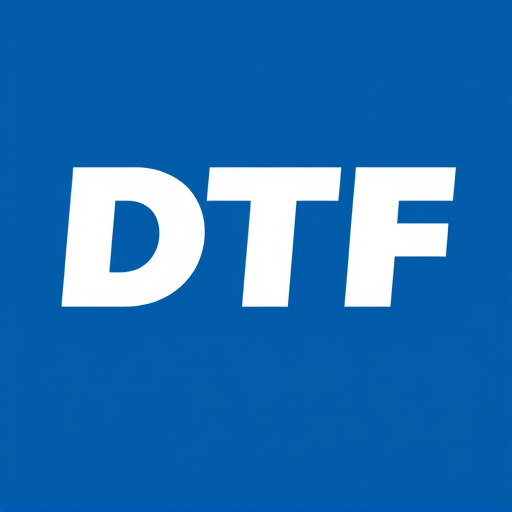
Direct-to-film (DTF) transfers are a cutting-edge printing technique that enables the direct application of digital data onto film, bypassing traditional intermediate steps. This method revolutionizes the way we approach film printing, offering unparalleled precision and efficiency in producing high-quality DTF prints. By leveraging advanced technology, DTF transfers ensure that every detail from the digital source is seamlessly transferred to the film medium, resulting in vibrant and accurate images.
In the context of expedited production services, DTF transfers play a pivotal role. They streamline the process by eliminating the need for complex setups and multiple passes, thereby significantly reducing turnaround times. This speed is particularly beneficial for businesses and individuals requiring quick turns around for their film projects, be it short films, documentaries, or even personal archival prints. With DTF, you can expect a simplified workflow, faster delivery, and exceptional print quality.
Benefits of Expedited DTF Production Services
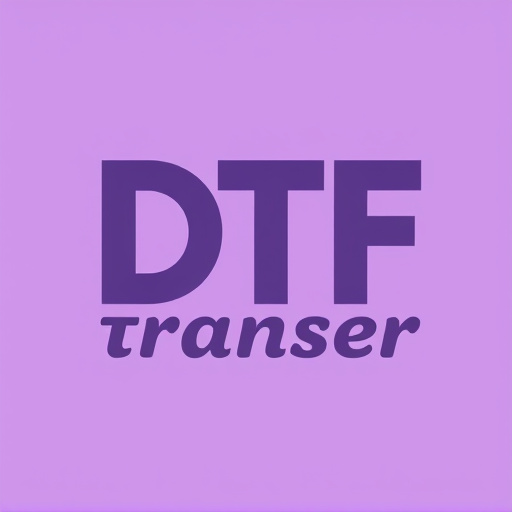
Expedited production services for direct-to-film (DTF) transfers offer numerous advantages for businesses and filmmakers seeking efficient, high-quality printing solutions. By leveraging advanced technologies and streamlined workflows, these services significantly reduce turnaround times compared to traditional methods, enabling faster delivery of final prints. This is particularly beneficial for urgent projects or when working within tight production schedules.
Furthermore, DTF transfer services ensure exceptional image quality and color accuracy on a variety of media types, making them suitable for diverse applications, from motion pictures to advertising materials. The ability to produce high-resolution, vibrant DTF prints on demand allows filmmakers to maintain artistic vision while meeting project deadlines. This efficiency, combined with top-tier output quality, makes expedited DTF production services an attractive and valuable option for content creators looking to bring their visions to life promptly.
The Process: From File to Print
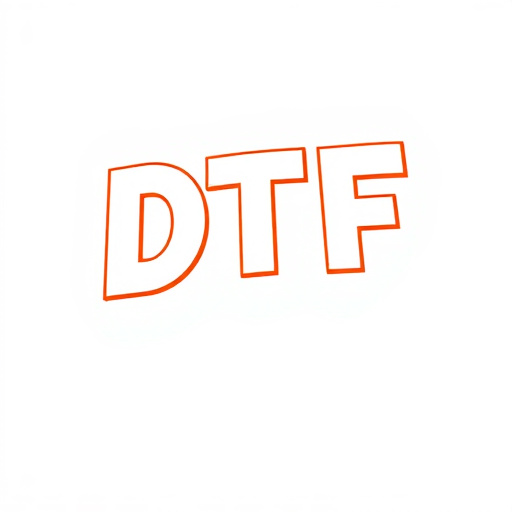
The journey from digital file to physical print is a seamless process when utilizing expedited production services for direct-to-film (DTF) transfers. It begins with high-quality source files, be it video or audio, which are meticulously prepared and optimized for printing. This involves ensuring the correct resolution, color profiles, and aspect ratios to preserve the original content’s integrity. Once ready, these files are uploaded and processed through specialized software designed for DTF conversion.
This software acts as a bridge between the digital realm and physical print, applying intricate calculations and transformations to translate the data accurately. After processing, the output is a set of film negatives or positives, ready for printing. The actual DTF printing process involves exposing light-sensitive material through these negatives, creating a direct image on the substrate, typically film stock or even photo-receptive papers. This technique ensures sharp details and accurate color reproduction, making it ideal for archival-quality prints.
Choosing the Right DTF Printing Partner

Choosing the right DTF (Direct-To-Film) printing partner is a pivotal decision for any business looking to streamline their production process and enhance their film transfer services. It’s not just about finding a service that offers fast turnaround times; you need experts who understand the nuances of DTF technology, ensuring quality prints that preserve the original film’s integrity. Look for partners with advanced equipment, experienced technicians, and a proven track record in delivering consistent results.
When evaluating potential DTF printing services, consider their capacity to handle your volume requirements, their commitment to color accuracy, and their ability to adhere to deadlines without compromising on quality. Reputable providers will offer transparent communication, allowing you to stay updated throughout the transfer process. They should also be flexible enough to accommodate custom specifications and provide support for various film formats, ensuring a seamless experience from start to finish.
Common Applications for DTF Prints

Direct-to-film (DTF) transfers have gained significant traction across various industries due to their exceptional quality and efficiency. These prints are commonly utilized in film restoration projects, ensuring that classic cinematic treasures can be preserved for future generations. The process involves transferring images directly onto film stock, resulting in a crisp and authentic representation of the original material.
Moreover, DTF prints find applications in short-run production runs, where small batches of films or animations are required. This method is also popular among independent filmmakers who seek to create limited-edition releases or experimental projects. Additionally, the versatility of DTF Printing allows for its use in creating custom graphics on film, catering to the needs of event organizers, theme parks, and even fashion designers looking to incorporate unique cinematic elements into their designs.
Future Trends in DTF Technology
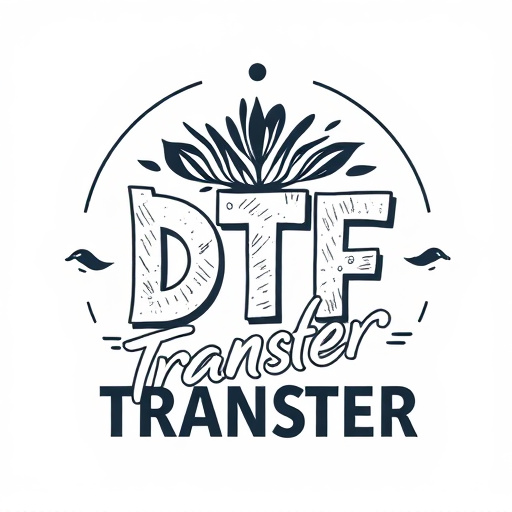
The future of direct-to-film (DTF) technology looks bright, with advancements pushing the boundaries of what’s possible in print quality and production efficiency. One prominent trend is the integration of advanced materials and inks, leading to more vibrant and accurate DTF prints. These innovations promise to enhance the visual experience for both creators and viewers alike.
Additionally, there’s a growing emphasis on streamlined production processes. Expedited services are becoming the norm, with businesses investing in cutting-edge equipment and automation to reduce turnaround times without compromising quality. This shift caters to the increasing demand for rapid content delivery, especially in the entertainment industry where time-to-market is crucial.






